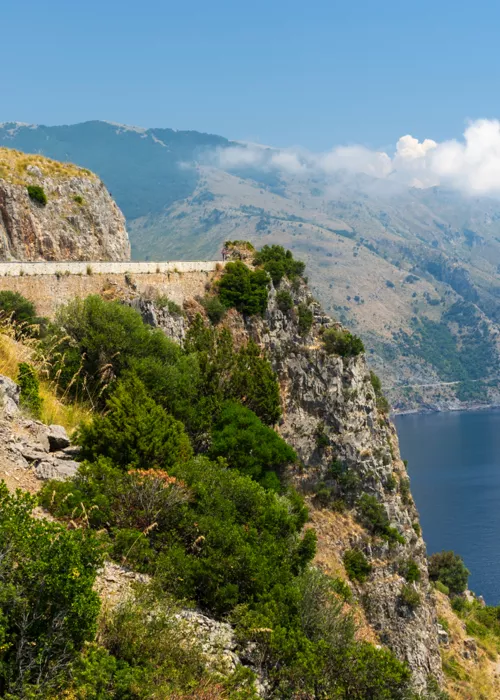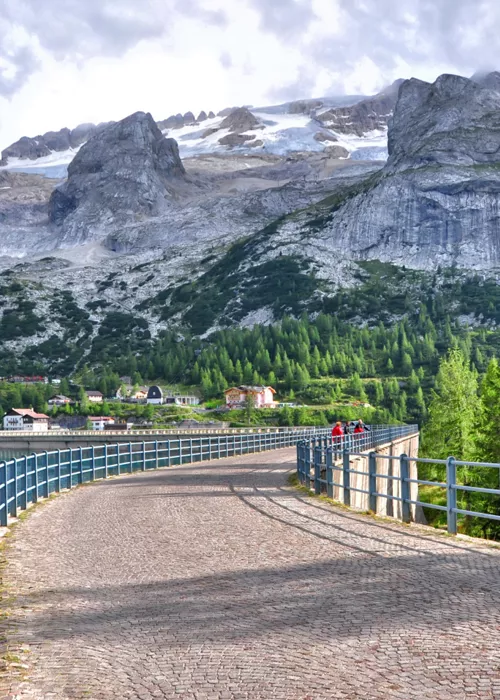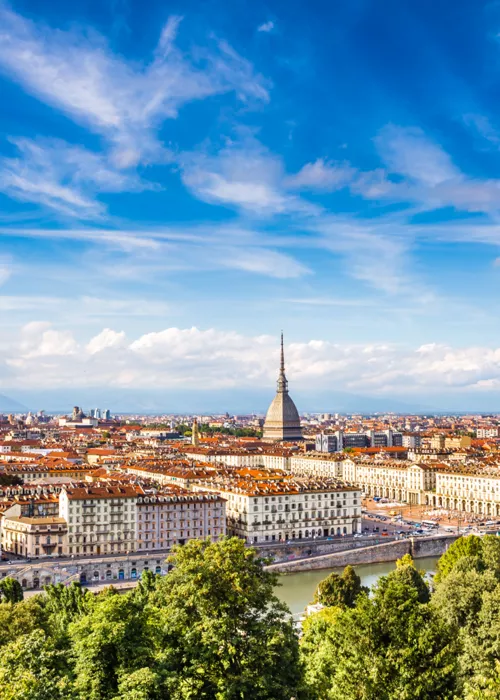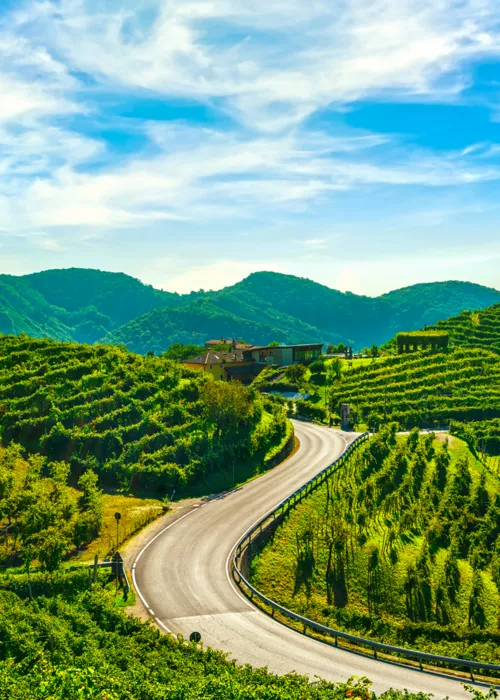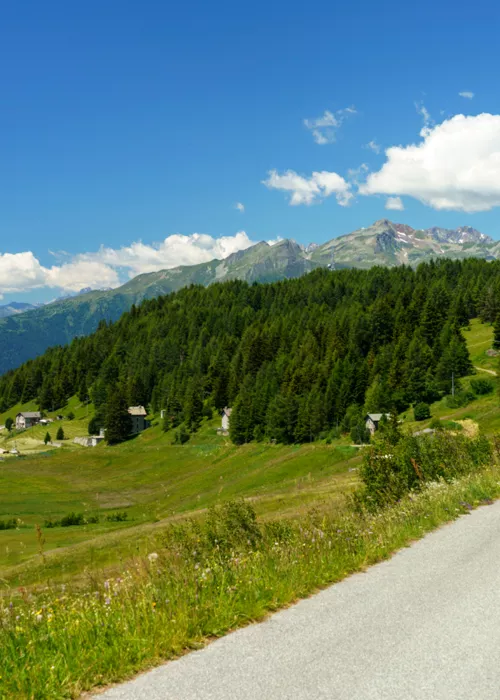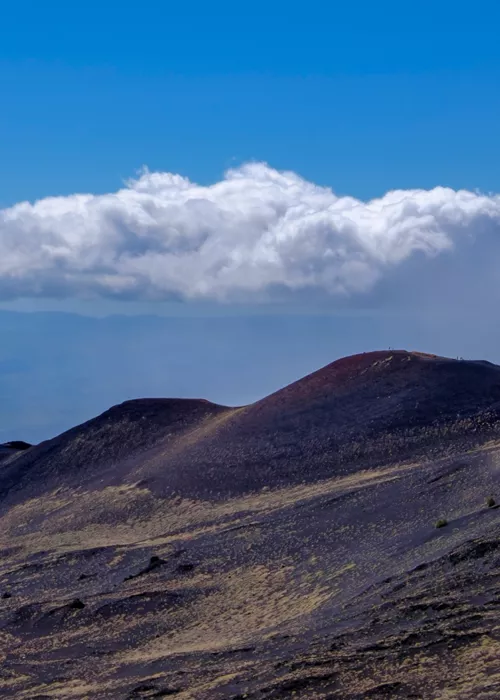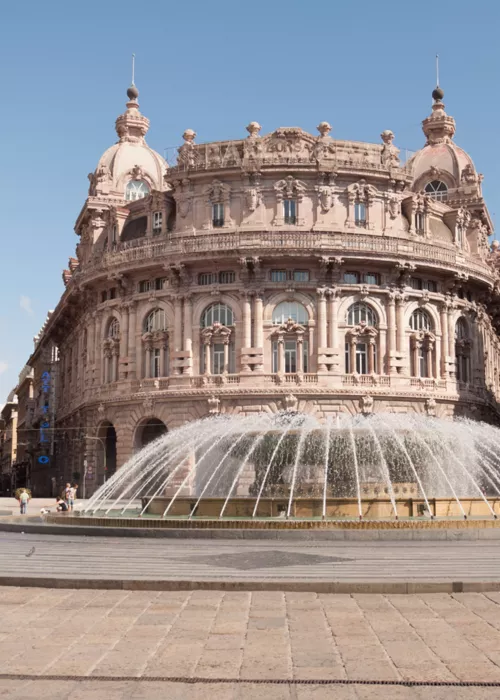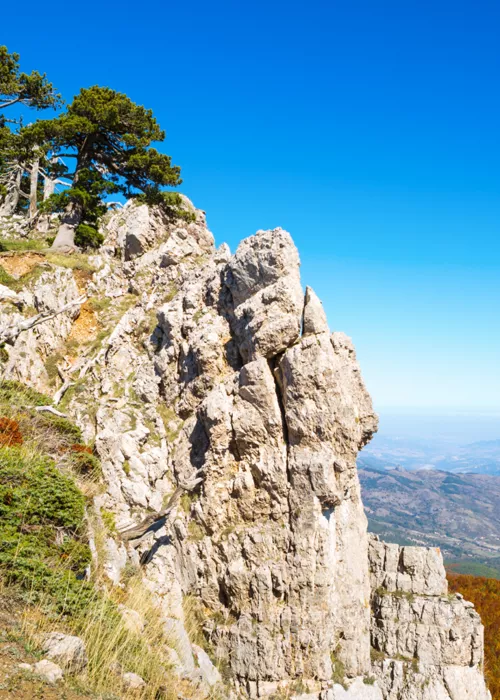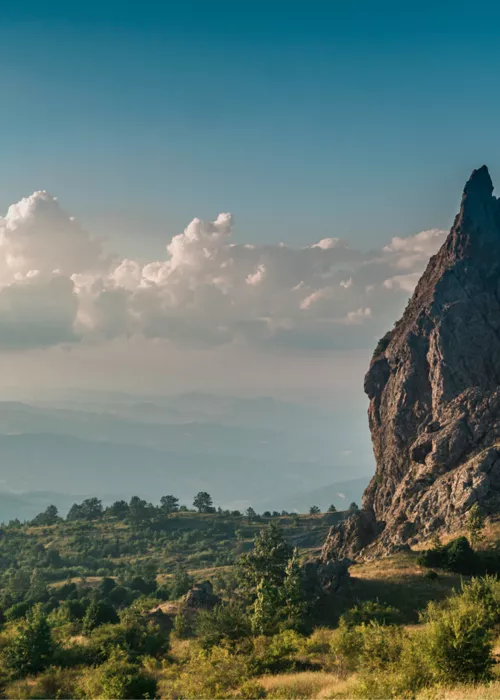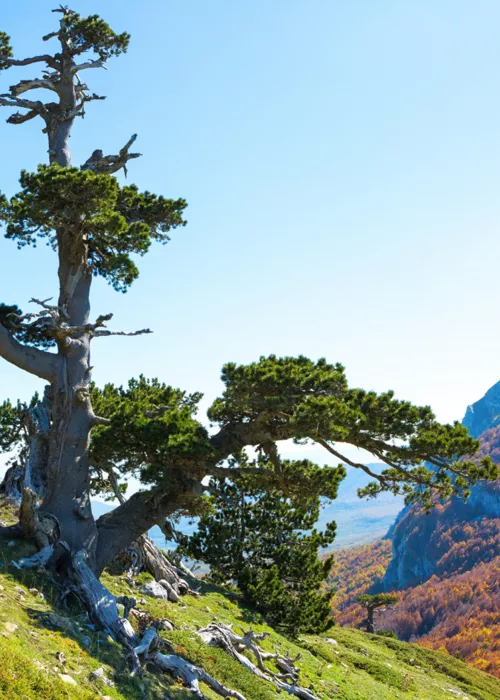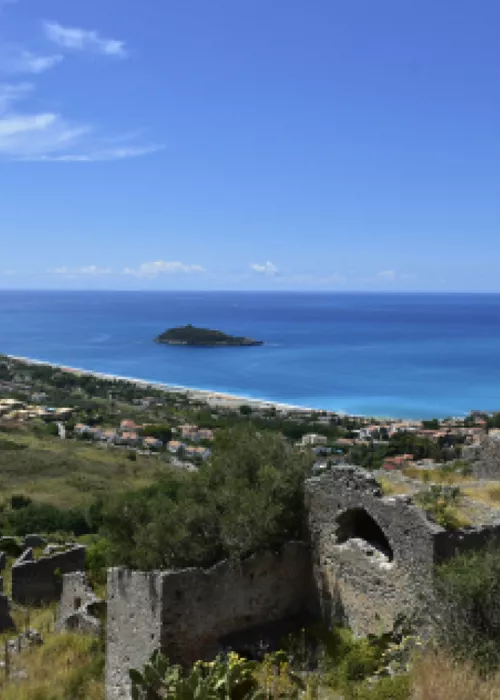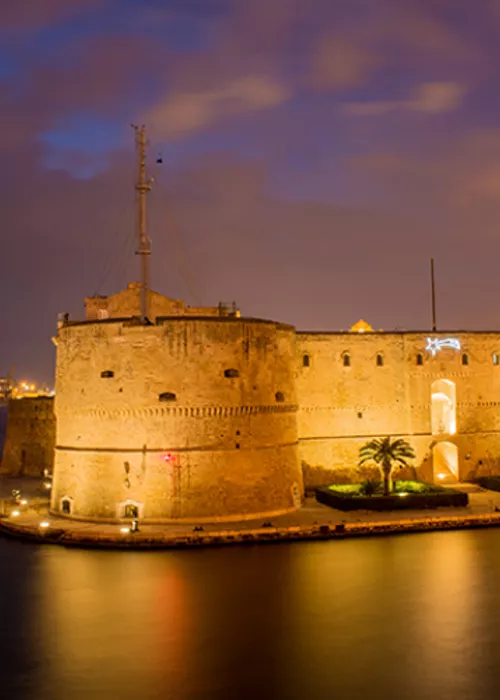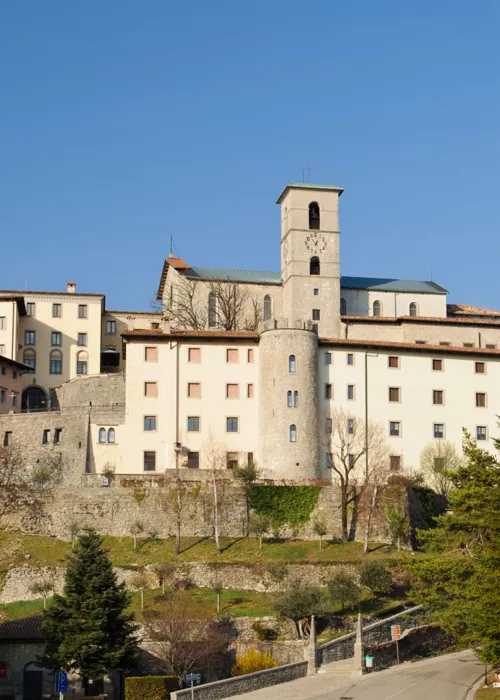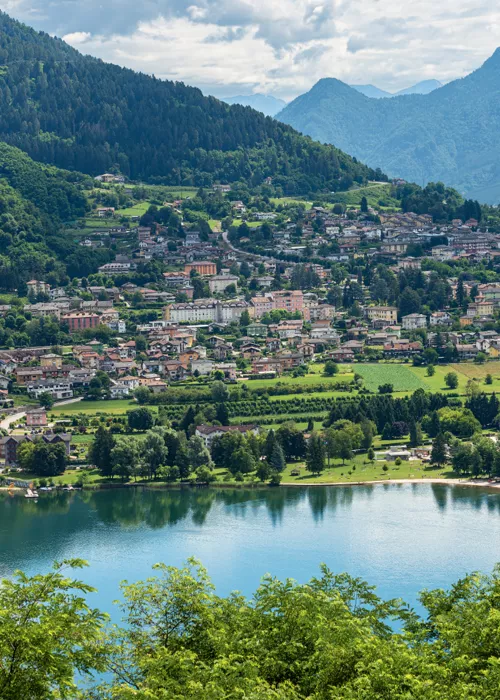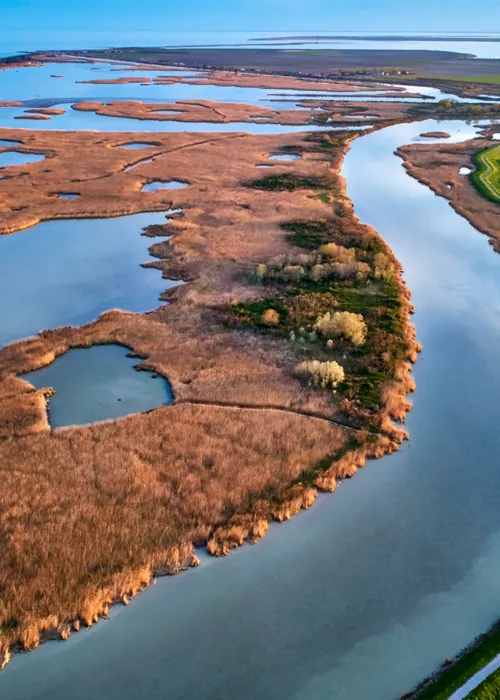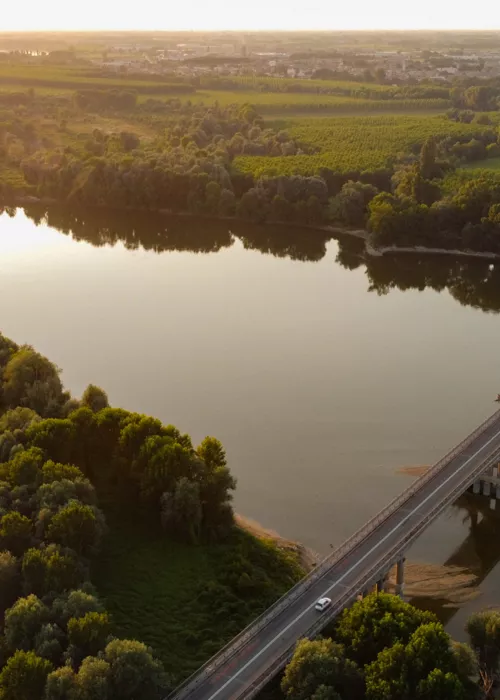Arbëreshë doll and costume museum in Frascineto

Our itinerary begins in Frascineto (Frasnita), a small municipality in Pollino Park in the province of Cosenza, Calabria. Together with other towns in southern Italy (Abruzzo, Basilicata, Campania, Molise, Puglia, Sicily and Calabria), it forms part of Arbëria, i.e., the geographical areas where the Arbëreshë, descendants of the Albanian refugees who escaped the Turkish-Ottoman army in the 15th century, live. The town is home to the Arbëreshë Doll and Costume Museum, created in order not to lose the precious culture and which exhibits a rich variety of costumes. The delicate art of gold embroidery and the abundance of clothing accessories, such as headgear, belts, veils, collars and handbags, provides a valuable historical memory and reflects, in particular, the social organisation of the Albanians, revealing the class differences of those who wore them. The museum is divided into two sections: the first, entitled "Albanians in Southern Italy", tells the story of the immigration to 15th-century Italy and also houses a small section with dolls dressed in traditional costumes and a collection of historical photographs. The second section, entitled "Albanians in Albania", is focused on Shqiperia, namely, everything related to Albanian traditions in the motherland. A unique cultural site is the Museum of Byzantine Icons and Byzantine Tradition, which houses vestments, liturgical furnishings, liturgical texts and ancient icons from Russia, Ukraine, Belarus, Greece, Bulgaria, Romania and Serbia. The museum itinerary is a centre of excellence of Byzantine culture in Calabria.
Arbëreshe Ethnic Museum in Civita

Leaving the small town of Frascineto and its museum, we travel 6 km to Civita (Çifti), another municipality in the province of Cosenza located within Pollino Park and listed as one of the most beautiful villages in Italy. The Arbëreshe Ethnic Museum stands out on the town's main square. Divided into different sections, on the ground floor it houses a monothematic library on the Italian-Albanian ethnic group, with about 530 volumes published in Italy and over 600 published in Albania; in the Loom Room on the first floor, together with objects from the peasant world and an ancient loom, two displays present thematic itineraries on Civita and the various areas of Arbëria; the central room houses two original wrought iron structures containing iconographic material on the ""Legend of Skanderbeg", a pictorial work by F. Magli, and a photographic exhibition on the Ponte del Diavolo (Devil's Bridge). The museum is enhanced by an abundant display of objects from domestic life and traditional clothes in the Costume Room: a woman’s gala (wedding) dress, a half-party dress, a daily dress, a man’s clothes, the clothes of a noble from Kosovo, a gala dress from the cavalier community and daily clothes from San Giorgio Albanese inform us of the rich textile culture of the arbëreschë people. The wedding costume, handed down from mother to daughter, is a very elaborate and sumptuous dress made of pure silk fabric, with an abundance of ornaments and decorations in lace, crochet and gold, completed with a with bright coloured skirt (‘kamizolla’). Civita is therefore an essential stop on our journey, a beautiful town to be visited with calm to enjoy its history and colourful traditional cuisine.
The San Paolo Albanese Museum of Arbëreshë Culture

After a refreshing sleep in one of the many characteristic B&Bs in Civita, we head towards the third stage of this itinerary, crossing the Ionian coast to reach San Paolo Albanese (Shën Pali) in the province of Potenza, on the Basilicata side of the Pollino National Park. In the historic village centre, the Ethnographic Museum of San Paolo Albanese, housed in renovated old dwellings, features a rich display of the extraordinary traditional heritage of the Arbëreshe community: objects, images, stories, songs and films offer visitors an exciting journey into the history and culture of this Italian-Albanian community, which still speaks its ancient language and practices the Catholic religion. The broom processing cycle is presented, from harvesting and transformation to the production of fabrics, through products and tools from domestic and working life, many of them donated by locals. Founded in 1975 as an agro-pastoral exhibition, the museum is aimed at the recovery, preservation and promotion of the cultural, territorial, social and economic identity of the local Arbëreshë community.
The San Costantino Albanese Ethnic Museum of Arbëreshe Culture

Leaving the town of San Paolo Albanese, we come to San Costantino Albanese (Shën Kostandini), another Italian-Albanian town in the province of Potenza. Located in the Sarmento Valley, on the Basilicata side of the Pollino National Park, the town was populated by Albanian refugees from southern Greece in around 1534. The hamlet of Shën Kostandini, founded on an agricultural economy based on the cultivation and processing of chestnuts, olives, linen, broom and cotton, over the centuries has passed on the uses, customs, language and rituals of Albanian culture. Located in a building in the historic town centre,the Ethnic museum of Arbëreshë Civilisation houses the library of Albanian culture, an exhibition of icons by the master Josif Droboniku, who painted the icons that adorn the Mother Church, and an Arbëreshe nativity scene. A rich collection of equipment tells the story of pastoral work through tools for processing milk, precious traditional Arbëreshe costumes and a loom for processing and weaving broom. The highlight of the museum is the workshop for making musical instruments, such as the traditional "surdulina", a wind instrument similar to bagpipes.

